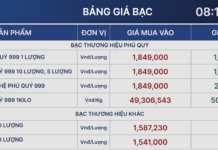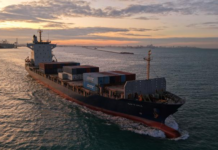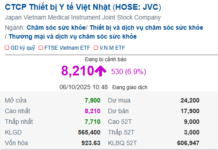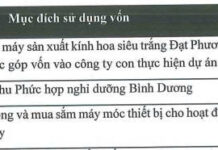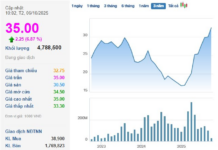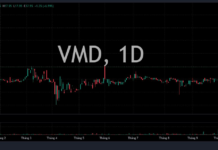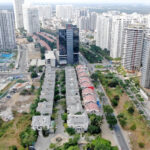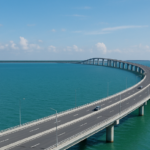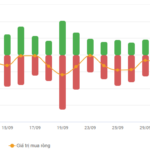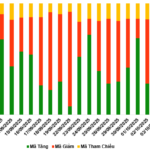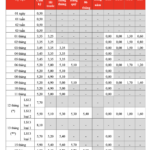Vice Chairman of the Ho Chi Minh City People’s Committee, Bui Xuan Cuong, has instructed the Department of Finance to urgently lead and collaborate with relevant departments, agencies, and units to review Vingroup’s proposal. The proposal focuses on studying the investment in a sea-crossing road connecting Can Gio and Ba Ria – Vung Tau (former).
The advisory and proposal process for the Ho Chi Minh City People’s Committee must be completed by October 10, 2025.
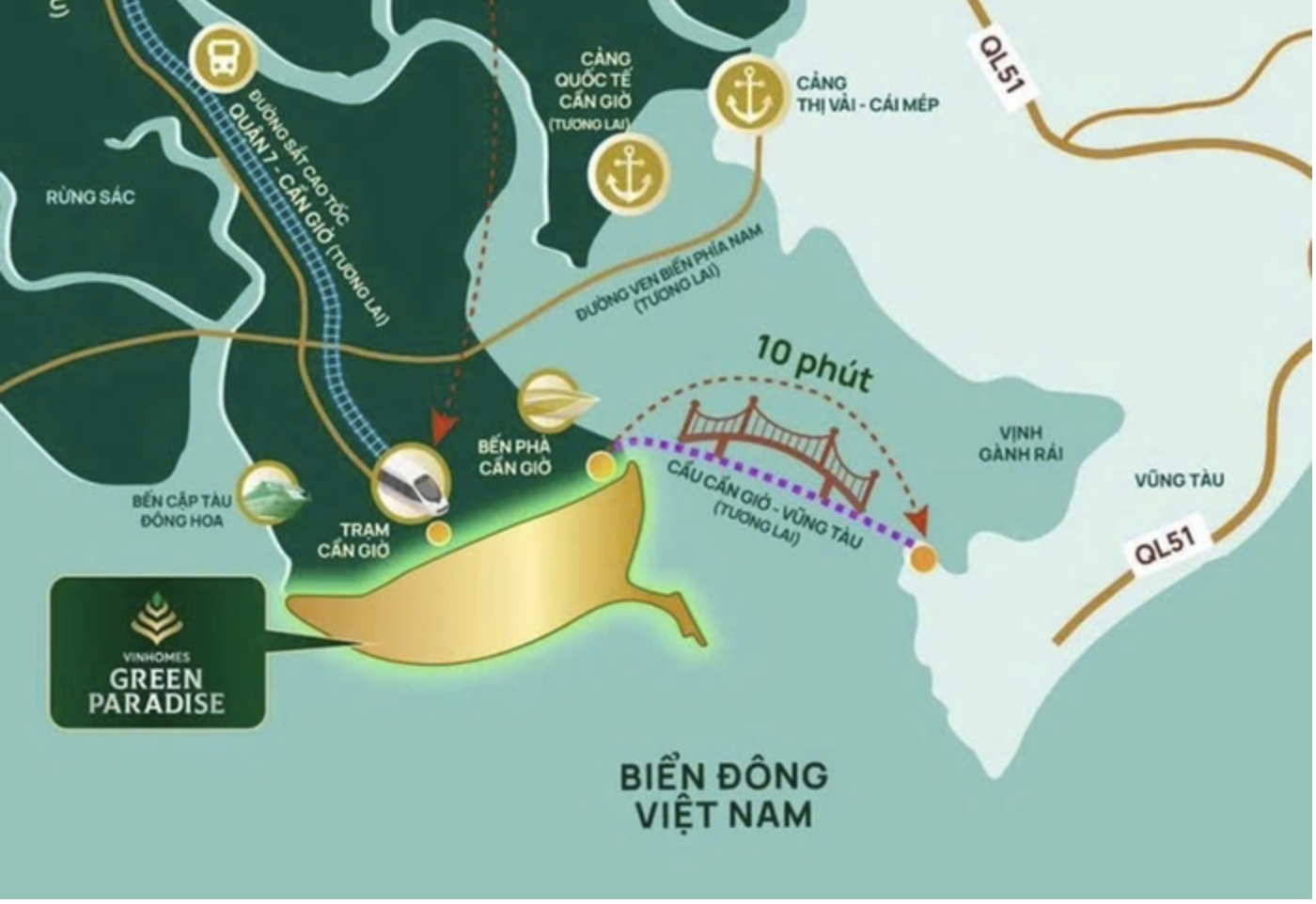
If the sea-crossing road is implemented, travel time between Can Gio and Vung Tau will be reduced to just 10 minutes.
Previously, Vingroup submitted a document to the Chairman of the Ho Chi Minh City People’s Committee, requesting permission to study the investment in a sea-crossing road connecting Can Gio and Ba Ria – Vung Tau (former) under the BT (Build-Transfer) model.
In the document, Vingroup highlighted that on June 11, the Prime Minister issued Decision 1125/QD-TTg approving the “Adjusted Master Plan for Ho Chi Minh City until 2040, with a vision to 2060.” This plan emphasizes the development of modern transportation infrastructure and enhancing intra-regional and inter-regional connectivity as a key strategic focus.
Following the merger of Ba Ria – Vung Tau province into Ho Chi Minh City, the need for a direct coastal connection has become increasingly urgent.
According to Vingroup, investing in the sea-crossing road will significantly reduce travel time, efficiently connect functional areas within the city, and drive economic, social, and commercial development while promoting sustainable urban expansion.
Can Gio is approximately 15 km from Vung Tau across the Gan Rai Bay. Currently, the shortest travel route between the two areas is by ferry, operating from 6:00 AM to 10:00 PM daily, with a fare of 70,000 VND per trip.
Vingroup is currently developing the Can Gio coastal urban area, spanning 2,870 hectares and designed to accommodate nearly 230,000 residents. Additionally, the group has proposed investing in a metro line connecting Can Gio to the city center of Ho Chi Minh City.
Why Nearly 100,000 Apartments in Ho Chi Minh City Remain Without Land Ownership Certificates
During the period from 2007 to 2010, data collection for land valuation purposes was nearly impossible, leaving 84 land allocation and land-use conversion files for real estate projects unpriced to this day. As a result, nearly 100,000 apartments remain without land-use right certificates (commonly known as “sổ hồng”).
“From Coastal ‘Dead-End’ to Billion-Dollar Hub: Can Gio Unveils Vietnam’s First Cross-Sea Highway to Vung Tau (10-Minute Drive) and High-Speed Rail to Phu My Hung”
Once dubbed the “forgotten corner” of Ho Chi Minh City, reliant on ferries and limited waterways for connectivity, the island district of Can Gio is now undergoing a dramatic transformation fueled by a wave of synchronized infrastructure projects.
Real Estate Firms Frozen by Land Use Fee Uncertainty
In addition to the developer of Empire City petitioning the Ho Chi Minh City People’s Committee to reconsider the additional land use fee of up to VND 8,819 billion, and Lotte Properties HCMC terminating its contract for the Thu Thiem Eco Smart City project, approximately 100 other projects in Ho Chi Minh City are awaiting financial obligation notices, which may include additional fees.
Vingroup Launches VinMetal with $430 Million Capital: Specializing in Advanced Steel for Electric Vehicles
With a staggering $4.3 billion investment, our company is spearheading the development of a state-of-the-art industrial steel manufacturing complex in Vung Ang, Ha Tinh. Phase 1 of this ambitious project boasts an impressive annual capacity of 5 million tons, setting a new benchmark for high-tech steel production in the region.
Should We Cater to Foreign Businesses?
In just 9 days, Lotte transformed its approach to a project deemed one of the most prime and valuable in Ho Chi Minh City today. Experts argue that Vietnam’s open business environment does not necessitate catering to investors at any cost.



